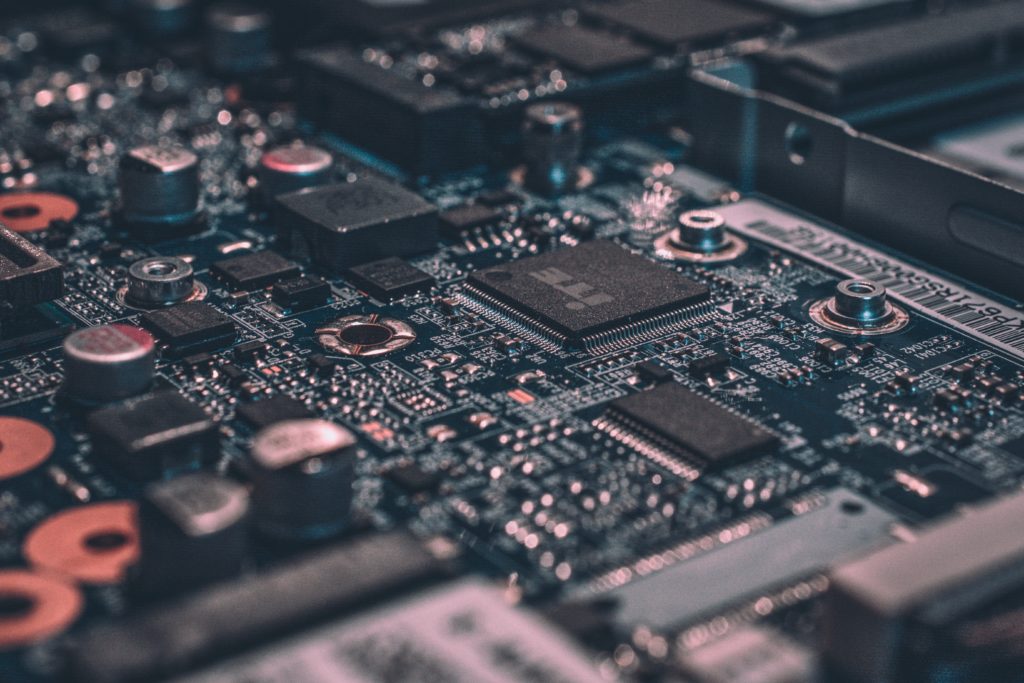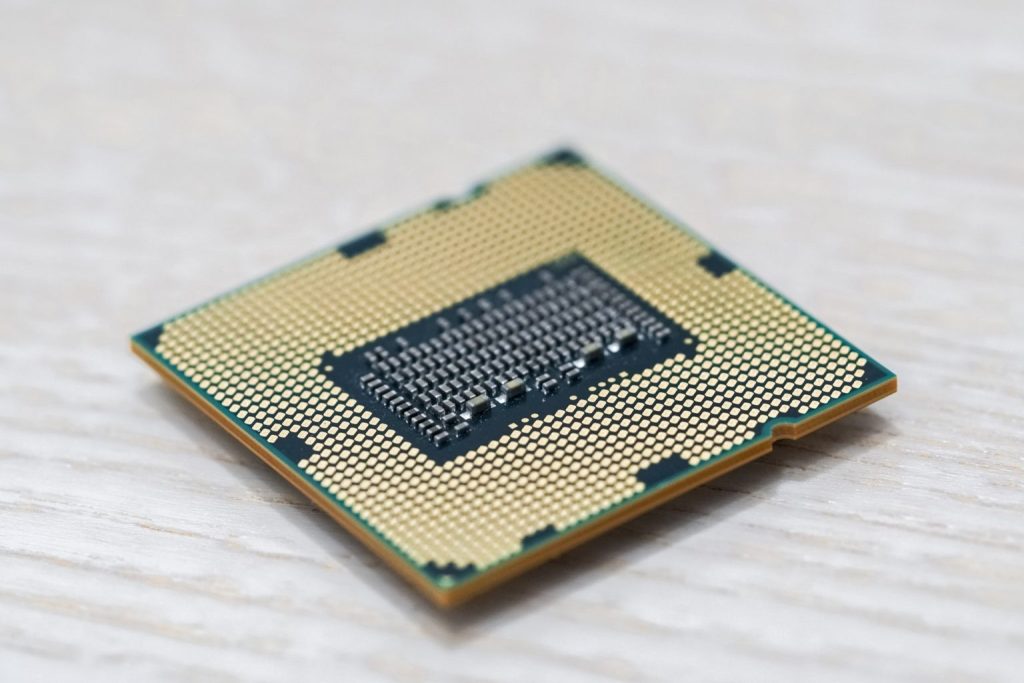Photo by frank mckenna on Unsplash
Semiconductor capacity is a critical factor in the future of the electronics industry. Thus, it is essential to ensure a balance between the demand and supply of semiconductors, as well as cost-effectiveness and capital expenditure (CapEx).
Also, the semiconductor industry has seen tremendous growth recently, with the demand for chips increasing significantly. It has increased CapEx for semiconductor manufacturers as they strive to meet the growing demand. However, this increased spending has also resulted in higher costs for consumers.
Capacity: The Capacity Of Semiconductor Manufacturing Is Critical In Meeting The Required Demand.
Customer: Managing Capacity Is Crucial In Meeting Customer Deadlines.
Thus, companies must manage their semiconductor capacity effectively to remain competitive and profitable. It means understanding the current market conditions and predicting future trends so that they can plan accordingly.
On another side, investing in the latest technology node is also essential for companies to stay competitive in the semiconductor industry. The technology node refers to the size of a chip measured in nanometers and directly impacts performance and data processing capabilities. As such, companies are investing in new technology nodes that can give them an edge over their competitors.

The cost of investing in new technology nodes can be high, but the potential benefits are significant. Semiconductor companies must carefully consider their investment strategy before investing in a new technology node. Otherwise, the long-term negative impact can derail companies from their stronghold and put them behind in the market.
The semiconductor supply chain is a complex system that requires careful management to ensure cost-effectiveness and reliability. With the increasing demand for semiconductors, it is becoming increasingly important to accurately predict future shortages and manage the data associated with the supply chain.
Balance: Balancing Semiconductor Capacity Requires Capturing Different Supply And Demand Data Points.
Future: Semiconductor Manufacturers Need To Predict And Manage Future Capacity To Avoid Shortages.
Semiconductor capacity planning is a critical process for the success of any semiconductor manufacturing business. It involves carefully considering factors such as OSAT, FAB, wafer cost, assembly and testing process flow, and other related costs. By understanding these factors and their impact on the production process, companies can make informed decisions about optimizing their production capacity. It will help them to maximize efficiency while minimizing costs.
The semiconductor industry is one of the world’s most dynamic and rapidly changing industries. As technology advances, so makes the demand for semiconductors, and to meet all this demand, it will be crucial to plan the manufacturing capacity correctly and invest and develop resources today.




















